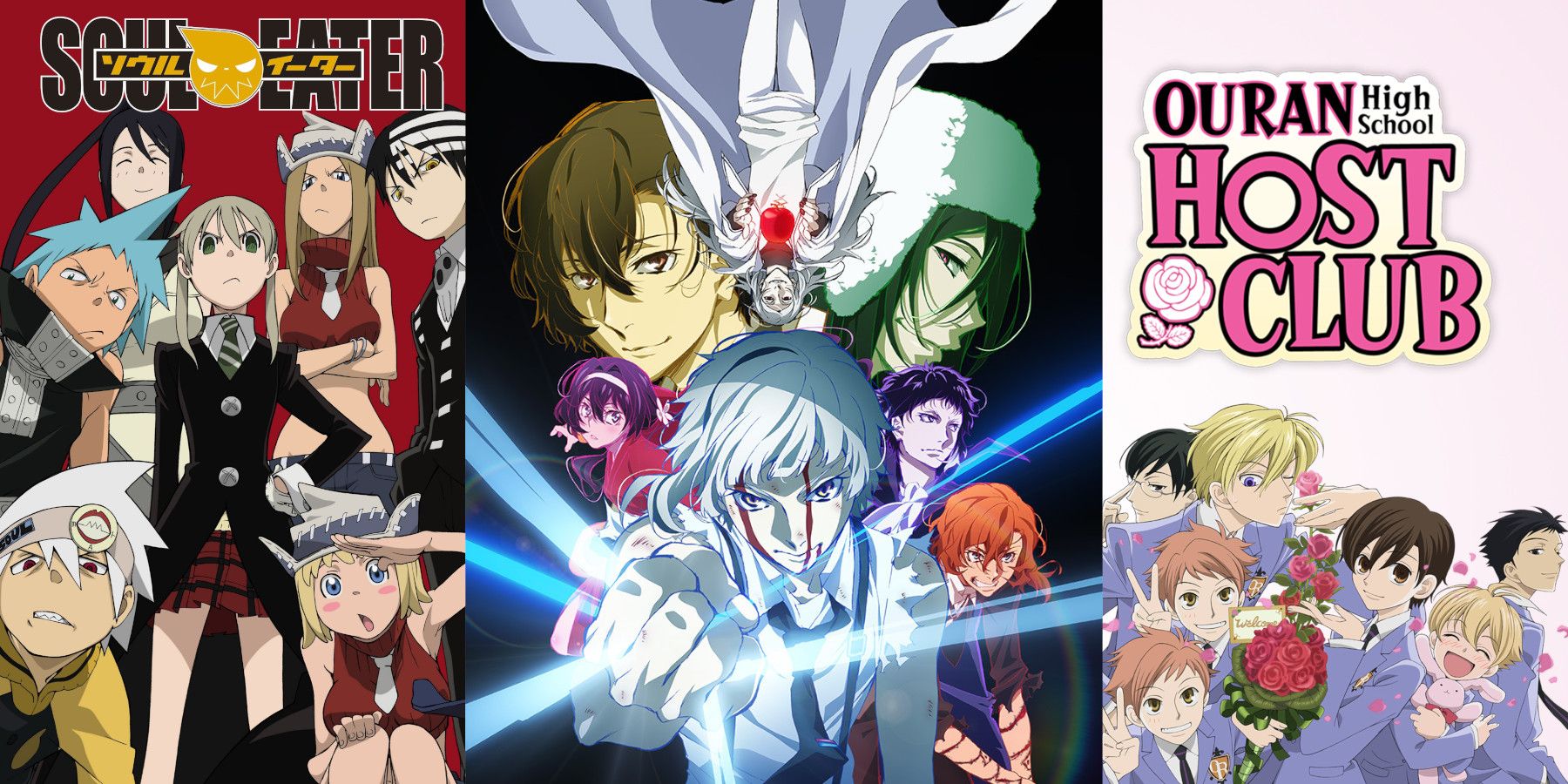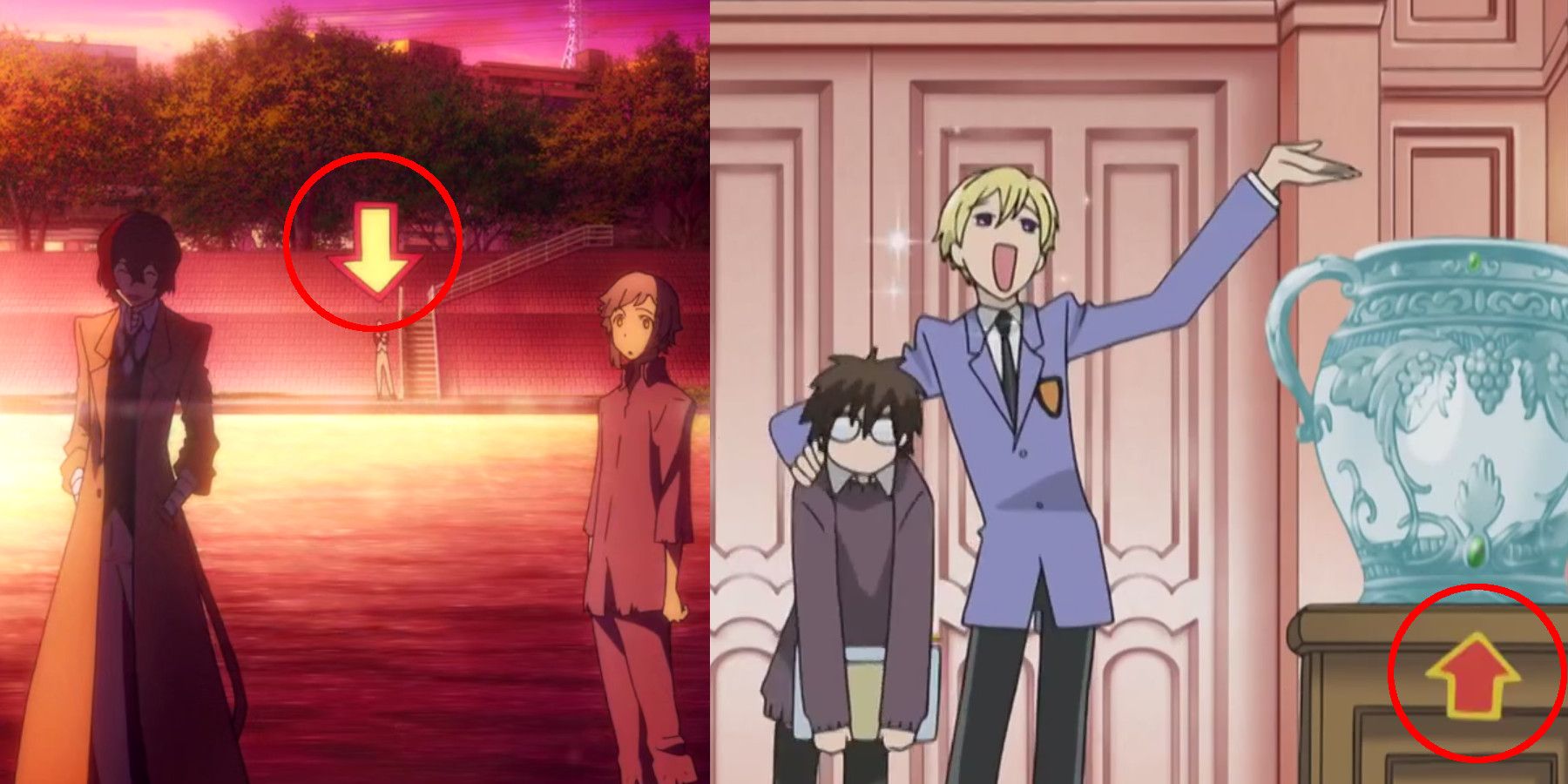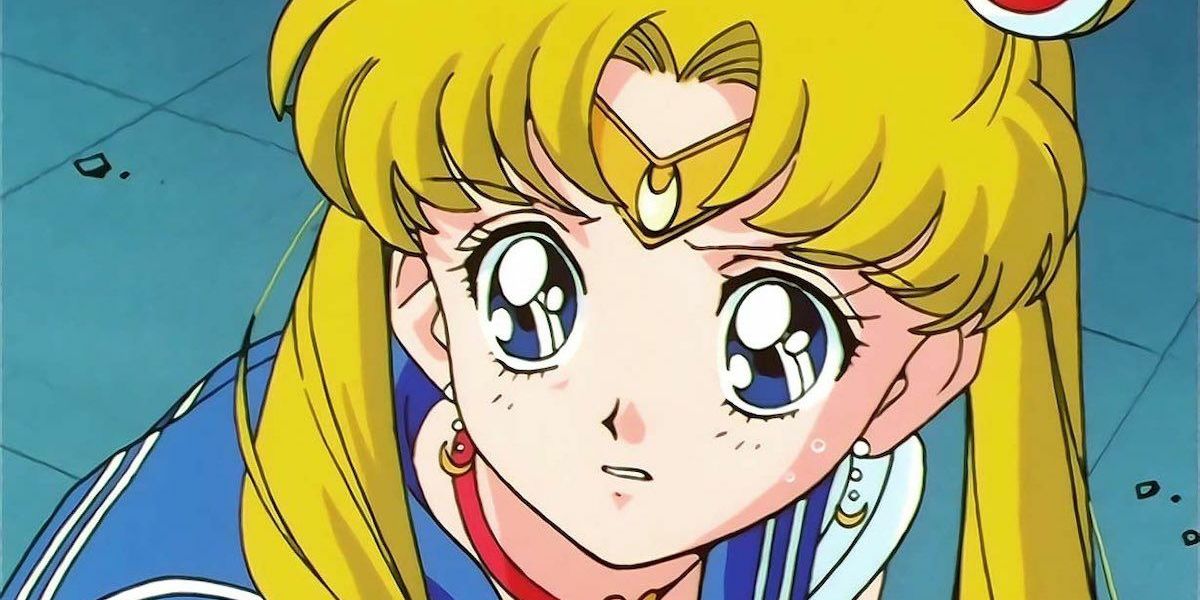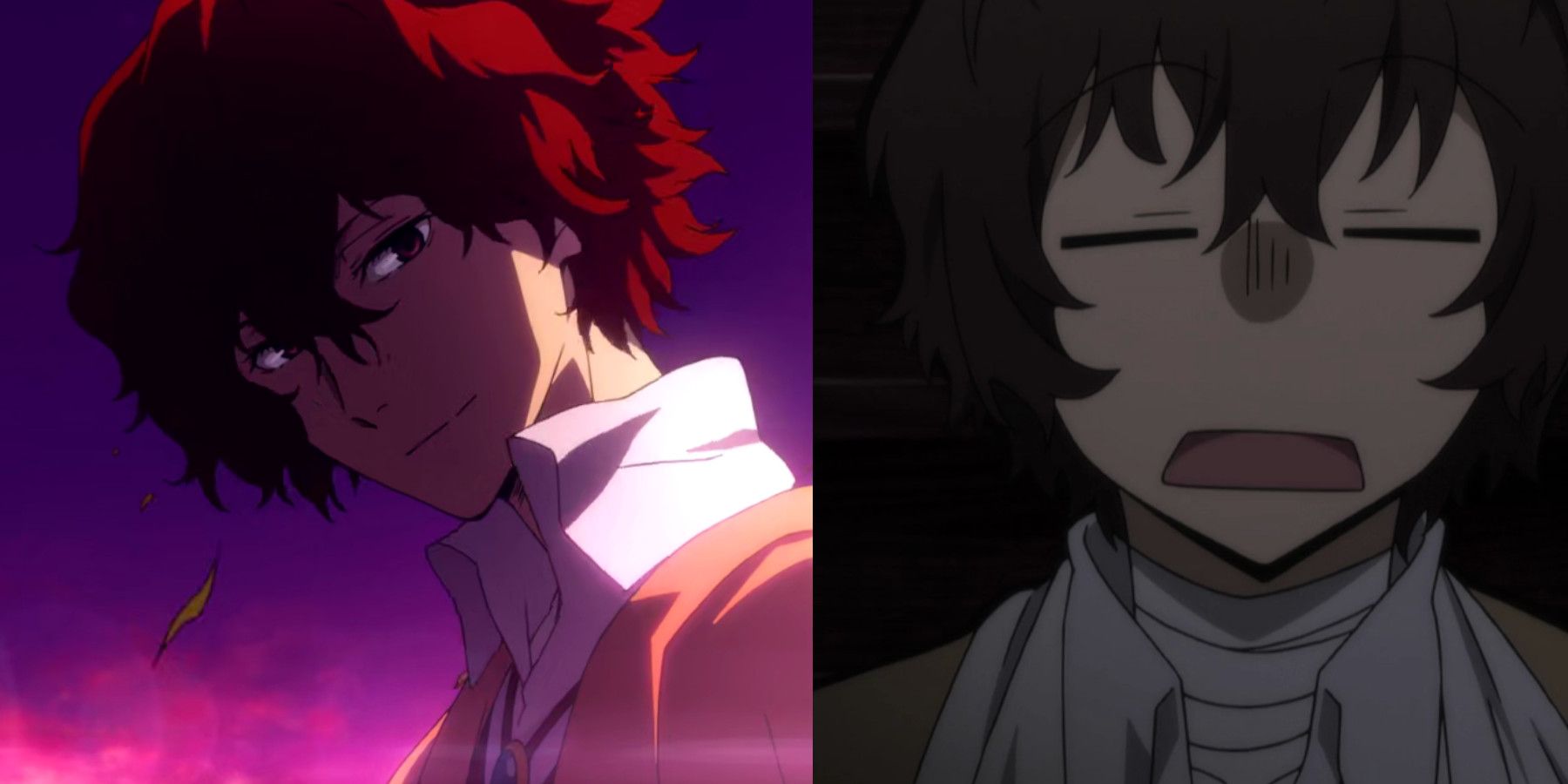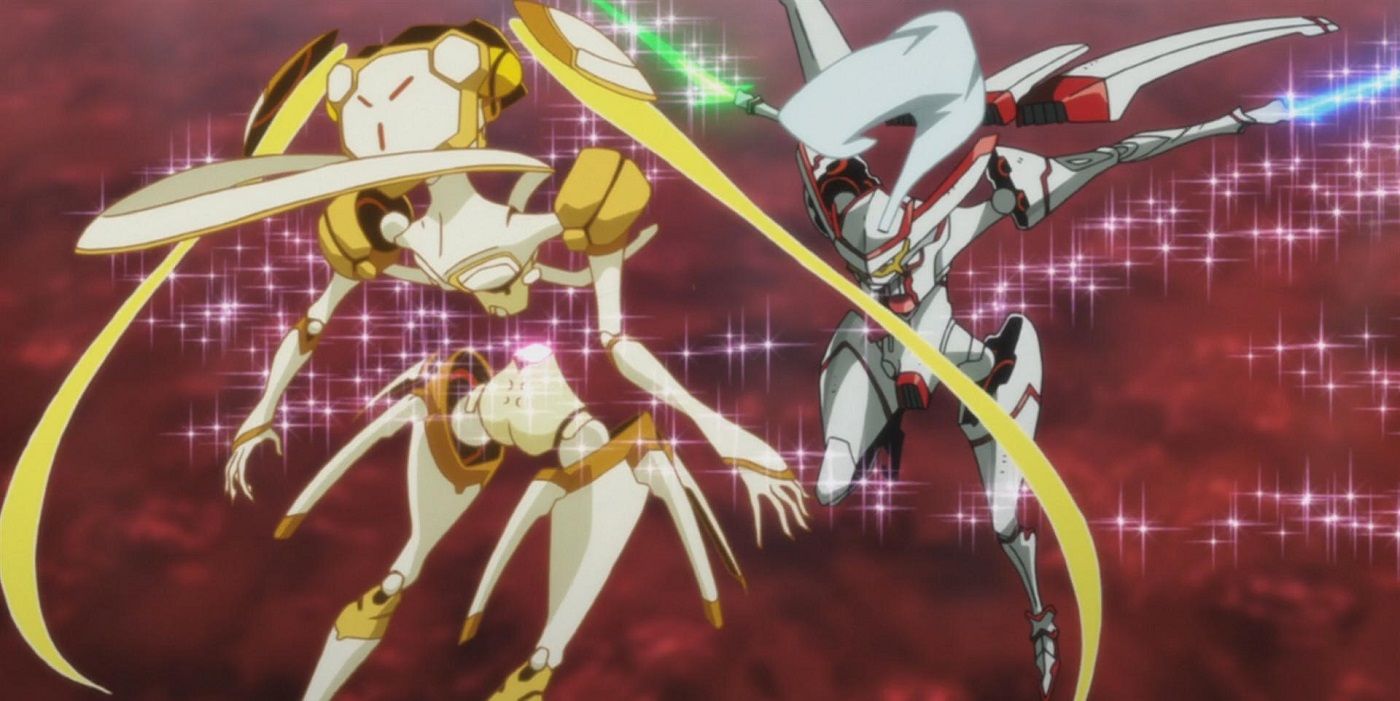Fans of anime from the Tumblr days will no doubt rejoice at the nostalgia of watching Ouran High School Host Club, a quirky school comedy about a girl dressing as a boy as part of her academy's host club to pay a debt. But less might be quite as familiar or enamored with the man whose keen sense of style defined what Ouran was in animation, Takuya Igarashi.
Igarashi has worked in the industry since 1990 with his start as Assistant Director on Mouretsu Atarou, where he soon became embroiled in the Sailor Moon series as an episode director. Nowadays, he's know for his wildly successful work as the director of not only Ouran, but also Soul Eater, Star Driver, and Bungo Stray Dogs. All directors have their own quirks and signatures, but sometimes it's hard to put into words what their style is and how it enhances their work. With Igarashi, putting aside the complex analysis, any fan could tell you that their greatest strength is the blending of humor and drama, with either element rarely cheapening the other. The visual comedy and the way the art style changes in Igarashi's shows is so consistent, that it feels like a bold signature from a seasoned artist.
Igarashi's Style & Its Origins
It doesn't take long to see how Igarashi makes his style known even in adapted works of his. Just look at the first episodes of Ouran and Bungo and notice how Igarashi almost breaks the fourth wall with visual gags that direct the audience's attention towards subjects that will be important later. In Ouran, the vase that Haruhi is going to break is pointed at comically with an arrow.
Similarly, in Bungo Stray Dogs' first episode, an arrow directly in between Dazai and Atsushi points right at Kunikida, standing on the other side of the river, impatient and about to lose it with each second he's ignored. Ouran actually goes a step farther in episode 1 by keeping an unexplained tally through the episode, which is revealed to be the number of characters who have realized that Haruhi is actually a girl, not a boy.
Despite how different Ouran and Bungo are, the former being a light high school comedy and the latter being a neo-noir drama, Igarashi approaches the comedy often found in teen manga in similar ways. It's his defining style, and despite many of his most popular works being adaptations, his style perseveres, likely the reason so many of his shows have crossover audiences.
Looking back at his origins, it's easy to see the ancestry of this lighthearted comedy in his work in Sailor Moon. Early shoujo anime pioneered this technique of contrasting the more detailed character designs with softer, rounder, less-detailed designs for comedic effect. While this isn't a method that has disappeared from animation, Igarashi's application feels especially inspired by the tone of 90s shoujo anime.
Igarashi's Early Work
His earliest work was on various seasons of Sailor Moon as an episode director, before directing his own series, Sailor Moon: Sailor Stars. From there, he worked primarily in shoujo anime, joining famous Sailor Moon director Kunihiko Ikuhara on their next legendary work, Revolutionary Girl Utena. Working in this particular genre, it's no surprise Igarashi formulated such a strong style.
Through the early 2000s, he began to branch out into other genres, directing and storyboarding for shows such as Mushishi and Darker Than Black, but in the midst of that, he helmed his first colossal hit. Ouran released in 2006, garnering stupid amounts of praise over the years and getting one of the most star-studded English dubs of the time.
But if Ouran was the culmination of his years of experience in shoujo, then his next show was the moment he ventured into new territory: shonen anime. And the result was one of the most beloved shonen of the early 2010s, Soul Eater.
Creativity in his BONES
Soul Eater may have come out in 2008, but its broadcast run in 2013 on Toonami skyrocketed to new popularity among a young western audience hungry for its brand of quirky, edgy action. It might not have been for everyone, and the ending sure disappointed manga fans, but the pairing of Igarashi's directing and Taku Iwasaki's composing became a match made in heaven.
All of Igarashi's work since Mushishi has been with Studio Bones, starting with Ouran, and it isn't impossible to imagine why. Not every Bones production becomes a worldwide craze like Fullmetal Alchemist, but they've made some of the most eclectic anime in the action genres since the early 2000s. More importantly, the consistency and quality of their art direction make them an appealing home for a director like Igarashi.
Consider his penchant for malleable character designs, and the kind of artists that need to be able to translate the artwork of the source material, while offering something distinct to the animation. Bungo Stray Dogs is a perfect example of preserving the angular and striking style of the manga but also allowing the art to transform into something fluffier.
Credit where it's due, this wouldn't be possible without Bones' character designers, such as Bungo's Nobuhiro Arai, Soul Eater's Yoshiyuki Itou, and Ouran's Kumiko Takahashi, to name just a few. But Igarashi's direction was no less instrumental in leading Bones' best and brightest to produce some of the most passionate projects of the last two decades of anime.
Igarashi's True Talent & Shows of His To Check Out
With adaptive work, directing can be incorrectly seen as merely the act of transcribing existing work, but it takes a director that understands a medium to adapt it well. Sometimes, it's less about translation and more about retelling the story from the ground up, using sights and sounds where there were previously just words.
Igarashi has crafted a unique and noticeable style while working almost exclusively on adaptations. It's an impressive and enviable skill in storytelling, to succeed at honoring a story and to offer something to also make the story partly "yours."
Ouran and Soul Eater are obviously huge, but for those looking for more shows directed by Igarashi, Star Driver is a gem that many have forgotten. It's a magical Super Robot show that might seem daunting at first but quickly wins over through the sheer force of its presentation. It's the kind of story you watch more than once to truly appreciate the complexity.
Finally, as it has been mentioned several times already, Bungo Stray Dogs is a must-watch and one of the best series shows of the last few years. Between its characters, its thoughtful literary influences, and its slick, classy style of action and drama, it's as if Igarashi has put everything into it. Season 4 is in the works, but there's no word on when to expect it.

